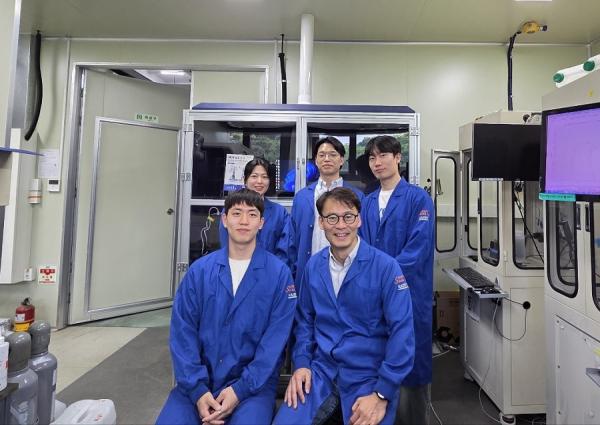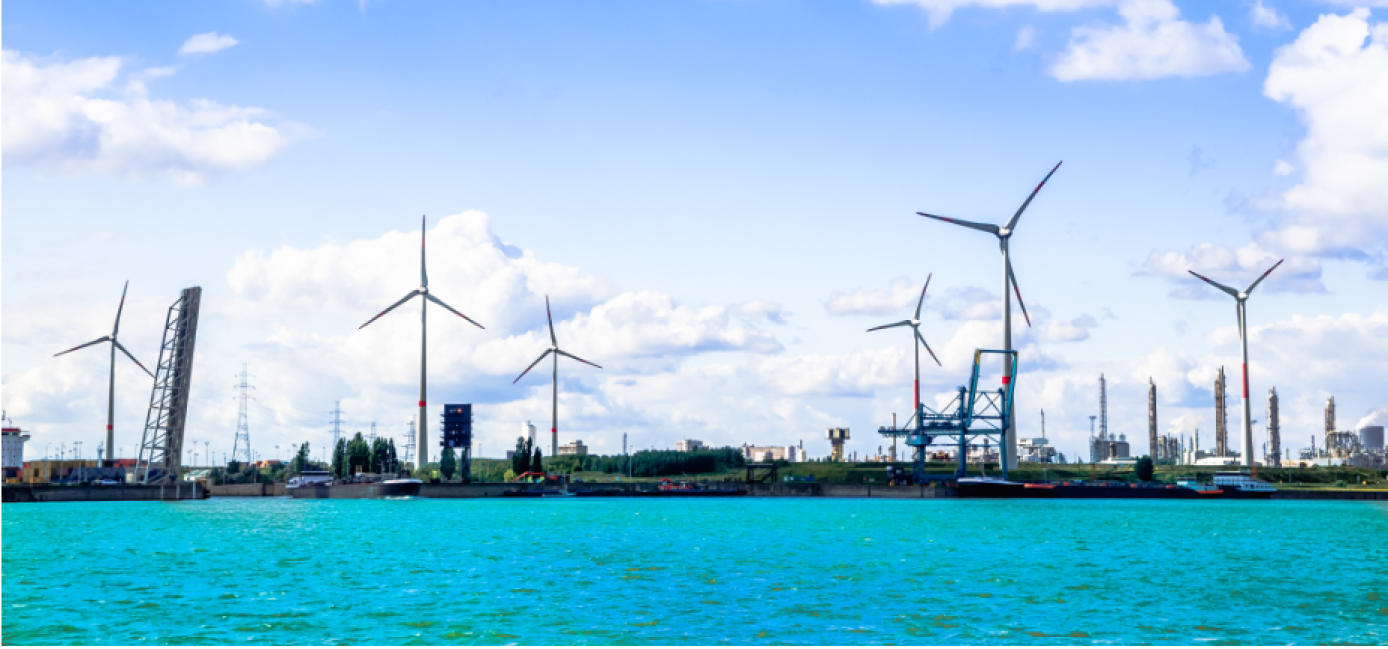
No platinum? No problem! KAIST pushes hydrogen costs down
Researchers at the South Korean Advanced Institute of Science and Technology (KAIST) have developed a next-generation water electrolysis technology – addressing specifically the material related bottlenecks of existing PEM[1] technology - that delivers high performance without relying on expensive platinum coatings. Traditional PEM electrolysis often depends on rare and costly noble metals like platinum or iridium. Effective, but limiting to scaling up green hydrogen production.
Although the research is still in the experimental phase, the findings offer a promising blueprint for next-generation, cost-efficient catalysts that could significantly lower the cost of PEM based hydrogen production on an industrial scale.
The KAIST team instead used cobalt-based metal-organic frameworks (MOFs) which are porous, crystalline materials ideal for designing nanostructures with tailored properties. By growing the MOFs on nickel foam and treating them with sodium borohydride (NaBH₄), they incorporated boron into the structure. A subsequent phosphorylation step with sodium hypophosphite (NaH₂PO₂) produced three variants of boron-doped cobalt phosphide nanosheets.
Want an even deeper dive into the physics? Read the full press release here.
[1] Proton Exchange Membrane

